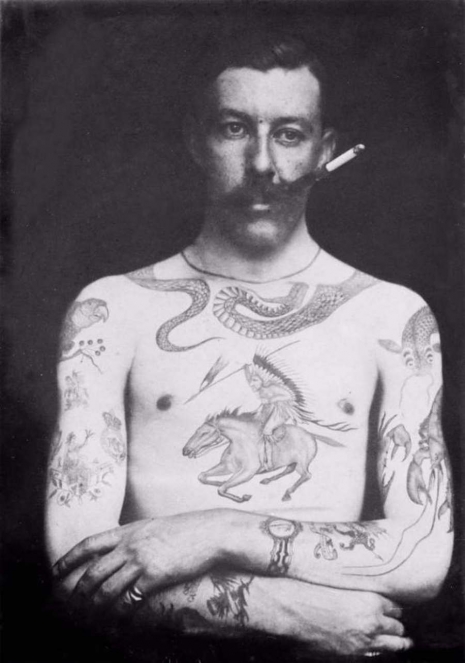
Everyone likes to be first. Historians and other seekers of cultural truffles always like to uncover the first person who did this, or the first person who invented that, or the first person who outraged society by doing something utterly daring which even today some may think of as being socially dangerous.
Sutherland Macdonald (1860-1942) is now considered as “the first identifiable professional tattooist” in England. Sutherland was the first professional tattooist to run a tattoo parlor out of premises at 76 Jermyn Street, London. He was also the first man to be registered as a “tattooist” in the London Post Office Directory in 1894. While there may have been many tattooers across the land, Macdonald was the first “tattooist” simply because he was the man who devised the word. Tattooist is a shortening of the term “tattoo artist.” Macdonald preferred the title “tattooist” to “tattooer” as it sounded more upmarket, more professional, and far more descriptive for the talents of an artist who drew pictures on the skin.
Macdonald started his career while serving with the British Army during the Anglo-Zulu War in the 1870s. On return to England, he set up his first tattoo parlor sometime around 1880-82 in the military town of Aldershot, a place best known as the “Home of the British Army.” Macdonald was a very talented artist which together with his connections in the army made for his success. As George Burchett, a rival tattooist, later wrote in his memoirs:
[Macdonald] had already tattooed officers in many of the famous regiments, including the Brigade of Guards. One of his earliest clients, Lord Byng of Vimy, when a young officer in the 10th Hussare, introduced Macdonald to scores of young bloods in his circle. When Macdonald exchanged his sergeant-major’s uniform for the white coat of a full-time tattoo artist he was already assured of a good following.
By 1889, Macdonald had moved his business from Aldershot to a small basement parlor under the Hamam Turkish Baths off the main drag of gentleman’s clubs on Jermyn Street, London. He offered his customers any design (“Heraldic, Sporting, Oriental”) at fixed prices and claimed he operated “Under the Patronage of the Highest Imperial and Royal Personages in Europe.” The rumor that he had inked royalty made Macdonald’s tattoo parlor exceedingly popular with the patriotic Victorian public. As Burchett wrote:
For nearly forty years crowned heads and famous people climbed the narrow staircase in Jermyn Street to visit Macdonald and to leave bearing some of the most wonderful ornaments ever placed on human skin. A well spoken, intelligent and gentle man, Sutherland Macdonald made friends of his customers, who treated him as an equal.
Apart form his dazzling skill as a tattoo artist, Macdonald also patented an electric tattooing machine (patent #3035) in 1894. He is now considered as “one of the greatest artists in the history of tattooing.” And from the examples below, one can understand why.
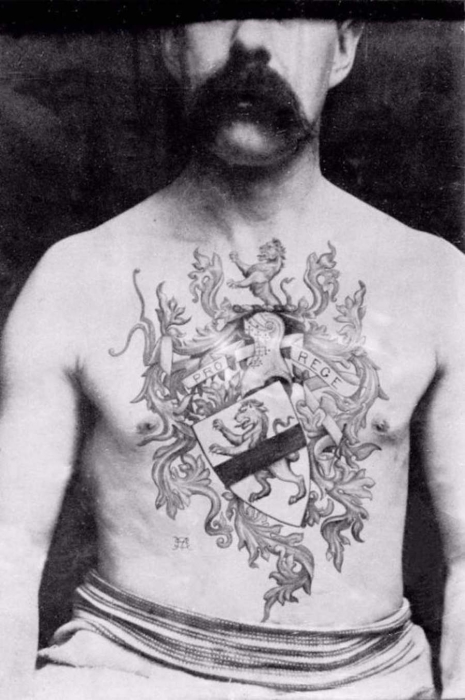

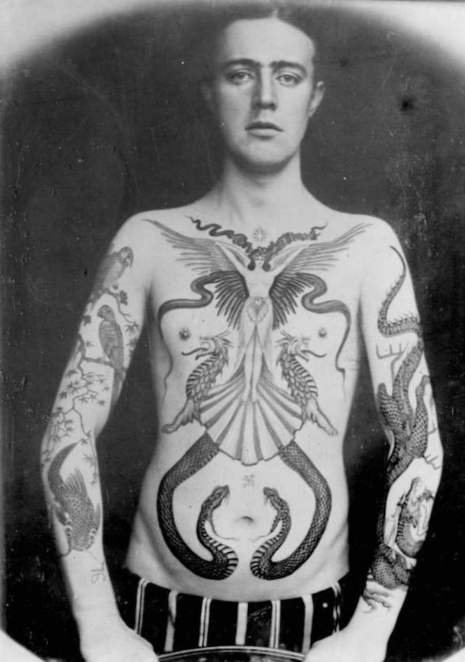
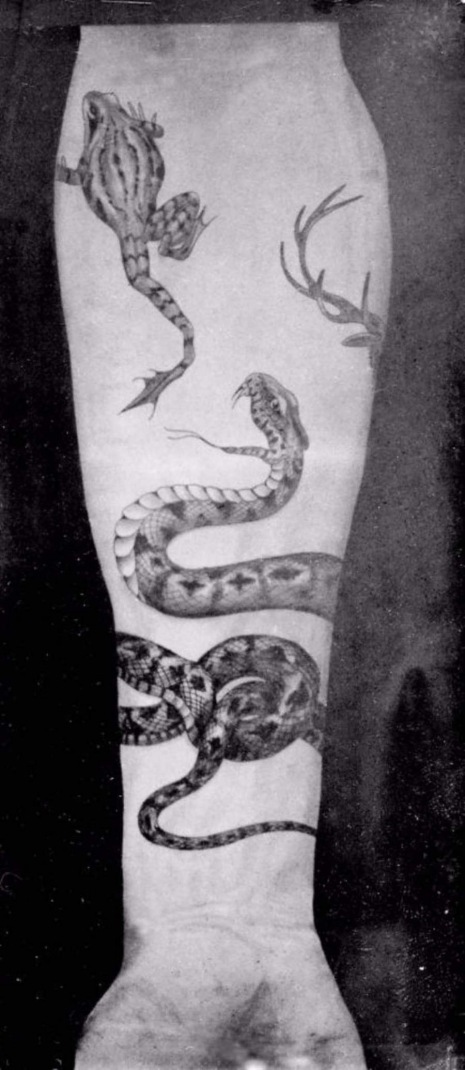
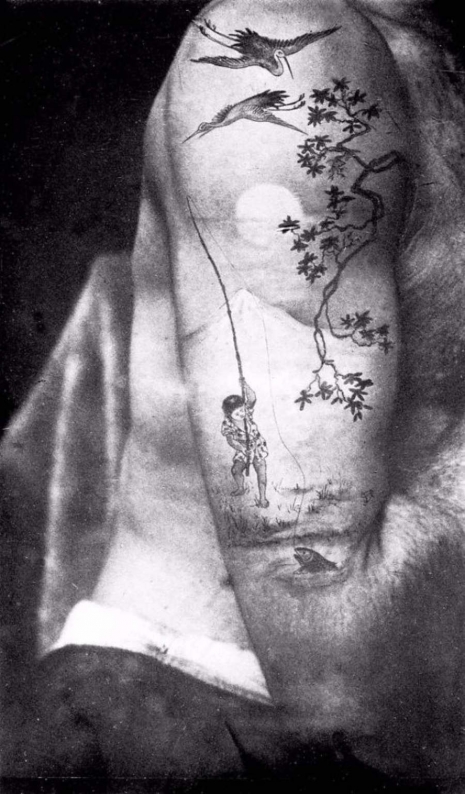
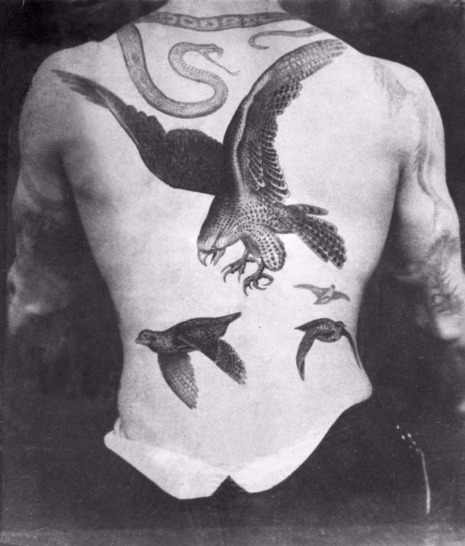

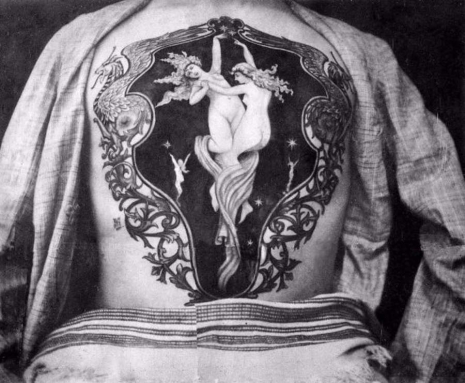
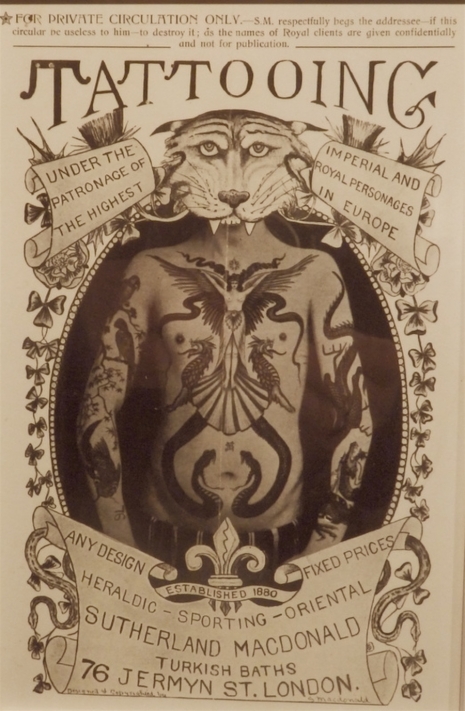
H/T Ufunk and the National Archives.